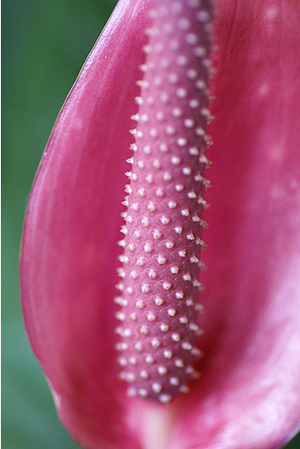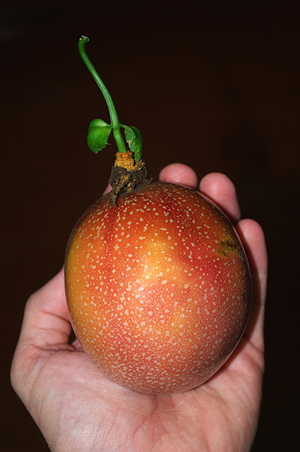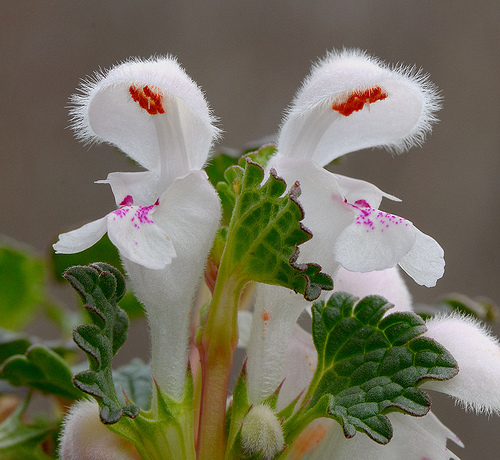Researchers Confirm Clicking Sounds Emitted By Plants
/Plant communication have long interested scientists and Anne as well. AOC covered research by Britain’s Royal Horticultural Society in which tomato plants at Wisley in Surrey “listened” to voices through MP3 headphones attached to their pots.
The tomato plants grew 2 inches taller in response to a female voice but grew less than the control group in response to male voices.
Researchers at The University of Western Australia confirm that using powerful loudspeakers they were able to hear clicking sounds coming from the roots of corn saplings, reports Things Gone Right.
Concurrently, researchers at Bristol University suspended the young roots in water, exposing them to a continuous noise at 220Hz, the frequency observed in the other research determining clicking sounds. The plants grew toward the source of the sound.
“Everyone knows that plants react to light, and scientists also know that plants use volatile chemicals to communicate with each other, for instance, when danger – such as a herbivore – approaches,” Dr. Gagliano said in a university news release.
“I was working one day in my herb garden and started to wonder if maybe plants were also sensitive to sounds – why not? – so I decided as a scientist to find out.”
Scientists are exploring the possibility that sound and vibration play essential roles in plant survival, as they communicate with each other when under duress. Researchers know that sound waves are easily transmissible through soil and could act as warning signals of drought or other danger.
Cabbage plants emit methyl jasmonate gas when their surfaces are cut or pierced, potentially to warn other plants of garden pests or even the clicking shears. Nearby cabbage plants emitted toxic chemicals on their leaves to fend off predators.
Science Daily published research in March, concluding that plants sniff out unhealthy neighbors to fight off infection.
The researchers concluded: “In contrast to insect or mammals which can respond to odors within a second of exposure, the ‘nose’ of plants works in a fundamentally different way to perceive odors. Plant to plant signaling in this instance is likely to involve the accumulation of odors in the receiving plant over a long period of time.”
More reading:
 J’Adore: Brits Talking to Tomato Plants
J’Adore: Brits Talking to Tomato Plants
 J’Adore: Plants With Secret Lives, Especially the Giant Amazon Water Lily
J’Adore: Plants With Secret Lives, Especially the Giant Amazon Water Lily
 The Secret Lives of Plants and Flowers Respond Well to Small Amounts of Viagra
The Secret Lives of Plants and Flowers Respond Well to Small Amounts of Viagra
 Dear PETA, If Tomato Plants Have Feelings and Prefer Female Voices, Can We Still Eat Them?
Dear PETA, If Tomato Plants Have Feelings and Prefer Female Voices, Can We Still Eat Them?

